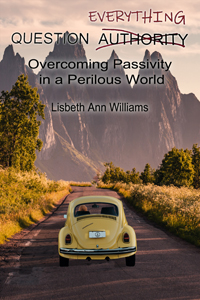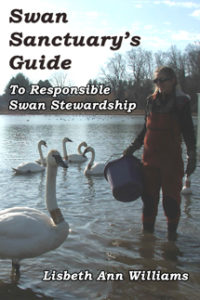It is almost shocking to walk into the grocery store and see so many empty shelves caused by people who are hoarding. People who have never before gardened or had chickens are considering doing so. This is a good thing, but many do not understand that you cannot simply throw out a seed in the dirt and expect it to grow. You may get lucky, but most plants are finicky, requiring specific light, moisture, temperature, and even soil conditions. Much of our soil has been seriously degraded, often from kids and dogs wearing paths through it, and also from the chemicals that may have been sprayed on it. Building raised beds can greatly enhance your success, but it is costly. Some plants can be grown in containers, but they really prefer the ability to stretch out their roots.
There are lifetime gardeners who have been gardening the same way year after year because it is the way their parents and their grandparents gardened and they see no reason to do things differently. It is common to see a flat rectangle made into several straight rows of vegetables. These are generally rototilled every spring and doused with unnaturally green Miracle Gro®. Herbicides and pesticides are frequently, if not routinely, sprayed to control weeds and insects.
There is a better, sustainable way to garden. I call it gardening for life because this kind of gardening sustains life not only for humans, but also for the bees, butterflies, beneficial insects, and birds that depend on it as well. If you choose to have a few chickens, this is desirable because they help to fertilize the soil, control insects (They love grasshoppers!) and they will even turn your compost pile for you.
This time last year I began a garden in a field of weeds and crabgrass that was approximately 64’ X 10’. I dug four hügelkultur beds within the space and in only a few months’ time I had a thriving garden. I moved in January and I have now begun a new garden, this time in a space that is roughly 40’ X 30’. Most homeowners have ample space for gardening, but the majority of yards (especially in newer subdivisions) have only monocultures of grass. Some do not even have trees or shrubs, which are so important because they offer shelter and food for a multitude of wildlife. Far too many yards have been overtaken by weeds because the soil had been left exposed. Nature does not leave areas of soil exposed and barren. Prior to the dawn of agriculture, every inch of the earth was covered with fertile top soil and happy plants growing in harmony together. Isn’t it time we began honoring what nature has done for centuries? Instead of allowing your yard to simply serve as a grassy frame around your home, why not turn it into something equally beautiful and beneficial – a garden for life!



